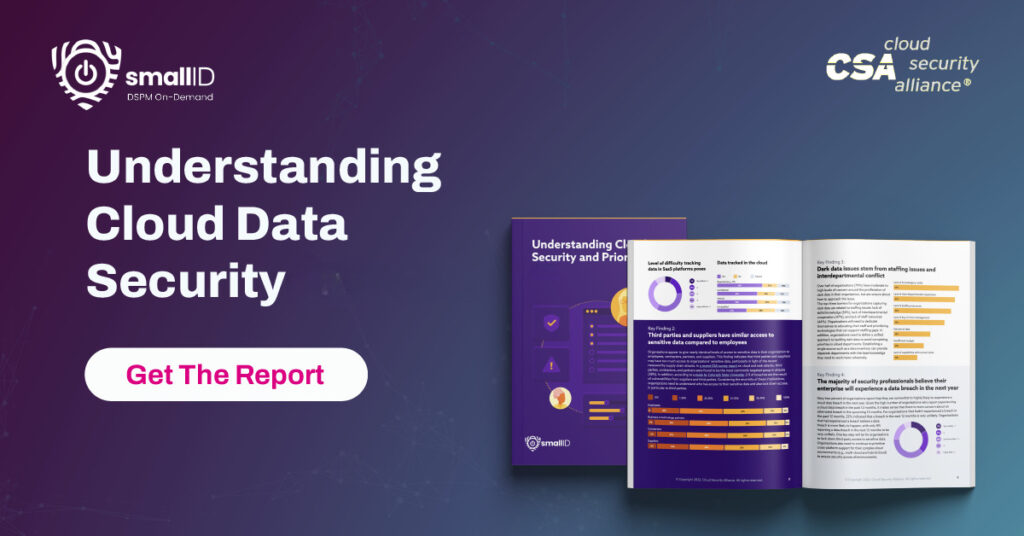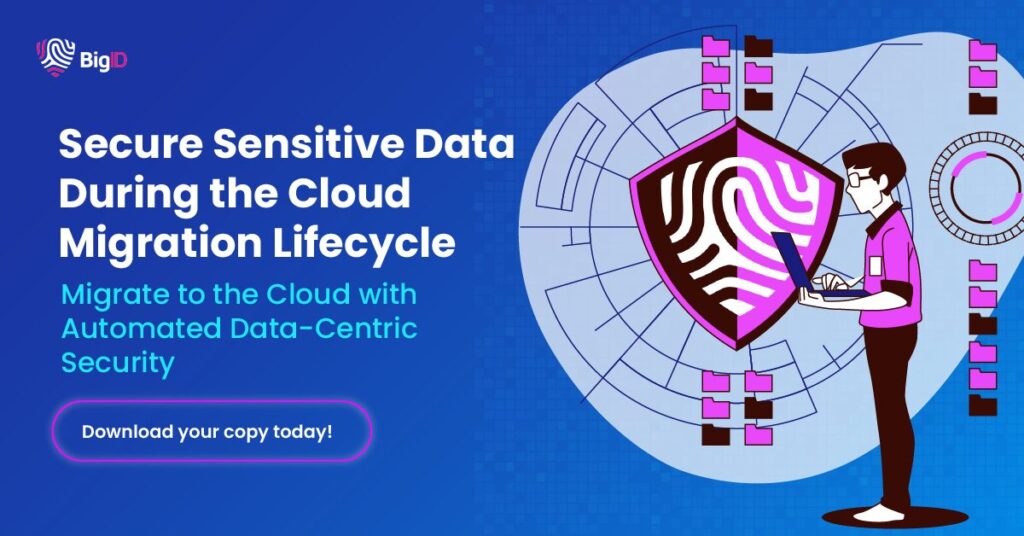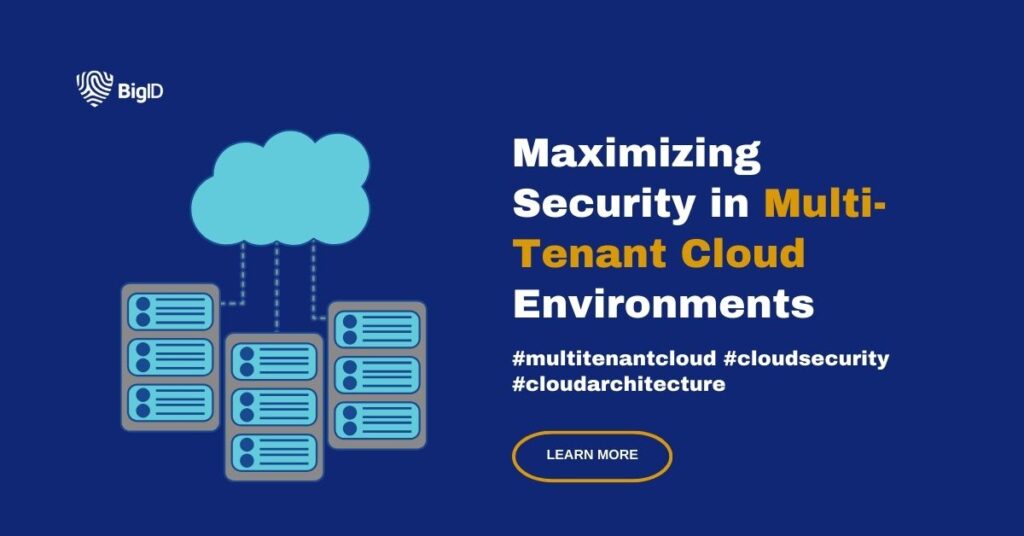In today’s digital landscape, businesses are increasingly turning to cloud computing to streamline operations, enhance scalability, and drive innovation. Among the various cloud deployment models, multi-tenant cloud architecture has emerged as a popular choice for organizations seeking cost-effective and efficient solutions. However, as with any shared environment, ensuring security in multi-tenant cloud deployments is paramount. In this article, we’ll delve into the nuances of multi-tenant cloud architecture, explore its security implications, and outline best practices for safeguarding sensitive data in shared spaces.
Single vs Multi-Tenant Cloud Architecture
Multi-tenant cloud architecture refers to a cloud computing model where multiple tenants or customers share the same physical infrastructure, resources, and services provided by a cloud service provider (CSP). Unlike single-tenant clouds, where each tenant has dedicated resources, multi-tenant clouds maximize resource utilization and cost efficiency by pooling resources and serving multiple tenants from the same infrastructure.
In a multi-tenant cloud environment, organizations or individuals can access and use shared computing resources, such as virtual machines, storage, and networking, while benefiting from economies of scale and scalability offered by the cloud provider. This shared infrastructure allows for cost savings, flexibility, and rapid deployment of applications and services.
However, multi-tenant cloud environments also come with risks and challenges, including data segregation issues, tenant-to-tenant attacks, compliance concerns, and resource contention. Implementing robust security measures, compliance frameworks, and best practices is essential to mitigate these risks and ensure the security and integrity of data and applications in multi-tenant cloud environments.

The Benefits of Multi-Tenancy
Multi-tenant cloud architecture offers several advantages for businesses:
- Cost Efficiency: By sharing infrastructure and resources, multi-tenant clouds can significantly reduce costs for individual tenants compared to single-tenant deployments.
- Scalability: Multi-tenant clouds provide seamless scalability, allowing tenants to easily adjust resource allocation based on their changing needs without incurring additional infrastructure costs.
- Resource Utilization: With resource pooling, multi-tenant clouds optimize resource utilization, maximizing efficiency and minimizing waste.
- Flexibility and Agility: Multi-tenant clouds enable rapid deployment and provisioning of resources, empowering organizations to adapt quickly to evolving business requirements.
The Role of Artificial Intelligence in Enhancing Multi-Tenant Cloud Security
In the ever-evolving landscape of cloud security, one technology stands out as a game-changer: Artificial Intelligence (AI). As organizations increasingly embrace multi-tenant cloud architectures, the need for advanced security measures becomes paramount. AI is a powerful tool that is revolutionizing how we protect sensitive data and mitigate risks in shared cloud environments.
AI brings a host of capabilities to the table, empowering organizations to proactively detect and respond to security threats in real-time. Machine learning algorithms can analyze vast amounts of data, identify patterns indicative of malicious activities, and autonomously take action to mitigate risks. From anomaly detection to threat hunting, AI enhances the effectiveness and efficiency of multi-tenant cloud security operations.
But AI’s impact on multi-tenant cloud security extends beyond threat detection. AI-powered authentication mechanisms— such as adaptive authentication and risk-based authentication— analyze user behavior and contextual information to dynamically assess the risk of identity compromise. By continuously evaluating authentication requests, AI strengthens access controls and mitigates the risk of unauthorized access in shared cloud environments.
Moreover, AI-driven threat intelligence platforms play a crucial role in enhancing multi-tenant cloud security. These platforms analyze large volumes of threat data from diverse sources, correlate information, and provide actionable insights into emerging threats and attack patterns. By leveraging AI-driven threat intelligence, organizations can stay ahead of evolving cyber threats and proactively defend against potential security breaches.
In a world where cyber threats are constantly evolving, embracing AI-driven security solutions is not just a competitive advantage—it’s a necessity. By harnessing the power of AI, organizations can fortify their multi-tenant cloud environments, stay ahead of emerging threats, and build a resilient security posture for the future.
Compliance Challenges in Multi-Tenant Cloud Environments
Multi-tenant cloud environments must comply with various regulatory requirements and industry standards, such as GDPR, HIPAA, PCI DSS, etc. Ensuring compliance in a shared environment can be challenging due to the complexity of data governance, privacy, and security controls. Organizations must implement appropriate security measures and compliance frameworks to meet regulatory requirements and protect sensitive data.
Security Concerns in Multi-Tenant Cloud Environments
Multi-tenant cloud environments offer numerous benefits, but they also come with inherent risks and challenges. Some of the key risks associated with multi-tenant cloud environments include:
- Data Segregation: Ensuring adequate data segregation is essential to prevent unauthorized access to sensitive information. Strong isolation mechanisms should be in place to segregate tenant data and prevent data leakage or cross-tenant attacks.
- Tenant Isolation: Maintaining strong isolation between tenants is crucial to mitigate the risk of tenant-to-tenant attacks. Robust access controls, network segmentation, and encryption mechanisms help prevent unauthorized access and lateral movement between tenants.
- Security Compliance: Multi-tenant cloud environments must adhere to stringent security compliance requirements, such as GDPR, HIPAA, PCI DSS, and others. CSPs and tenants alike must implement appropriate security controls and practices to ensure compliance with regulatory standards.
- Data Encryption: Encrypting data at rest and in transit helps protect sensitive information from unauthorized access or interception. Strong encryption protocols and key management practices should be employed to safeguard data confidentiality and integrity.
- Data Residency and Jurisdiction Issues: Data residency requirements may mandate that certain data must be stored or processed within specific geographical locations or jurisdictions. Ensuring compliance with these requirements in a multi-tenant environment can be complex, particularly if tenants are located in different regions with varying regulatory frameworks.
- Identity and Access Management (IAM): Implementing robust IAM controls is essential to manage user access and privileges effectively. Role-based access controls (RBAC), multi-factor authentication (MFA), and identity federation help prevent unauthorized access and credential theft.
- Data Loss and Availability Risks: Data loss or corruption, whether due to hardware failures, software bugs, or malicious activities, can have significant consequences for tenants in a multi-tenant environment. Ensuring data availability and implementing robust backup and recovery mechanisms is essential to mitigate these risks.
- Shared Responsibility Model: Multi-tenant cloud environments operate under a shared responsibility model, where the CSP is responsible for securing the underlying infrastructure, while tenants are responsible for securing their applications, data, and access controls. Failure to understand and fulfill these responsibilities adequately can lead to security gaps and vulnerabilities.

Multi-Tenant Cloud Security Best Practices
Implementing multi-tenant cloud architecture while ensuring regulatory compliance requires careful planning, robust security measures, and adherence to relevant regulations. Here are steps and examples to guide organizations in meeting regulatory compliance within a multi-tenant cloud environment:
Data Classification and Segmentation
- Step 1: Classify data based on sensitivity and regulatory requirements.
- Example: Identify Personally Identifiable Information (PII), Protected Health Information (PHI), or payment card data within the multi-tenant environment.
- Action: Segment data based on classification levels to ensure appropriate access controls and encryption measures are applied.
Encryption and Data Protection
- Step 2: Encrypt sensitive data at rest and in transit.
- Example: Utilize encryption mechanisms such as AES-256 for data stored in databases and TLS/SSL for data transmission.
- Action: Implement robust encryption protocols and key management practices to protect data confidentiality and integrity.
Access Controls and Identity Management
- Step 3: Implement role-based access controls (RBAC) and multi-factor authentication (MFA) to manage user access.
- Example: Assign specific roles and permissions to users based on their responsibilities and restrict access to sensitive data.
- Action: Integrate identity and access management (IAM) solutions with the multi-tenant environment to enforce least privilege principles and prevent unauthorized access.
Audit Logging and Monitoring
- Step 4: Enable comprehensive audit logging and monitoring capabilities.
- Example: Monitor user activities, access attempts, and system events to detect suspicious behavior or security incidents.
- Action: Implement centralized logging and monitoring solutions to track and analyze activity logs across the multi-tenant environment, enabling timely detection and response to security threats.
Data Residency and Jurisdiction
- Step 5: Ensure compliance with data residency requirements and regulatory jurisdiction.
- Example: Determine the geographical locations where data can be stored based on regulatory constraints.
- Action: Choose multi-tenant cloud providers with data centers located in regions that comply with applicable regulations and provide assurances regarding data sovereignty and jurisdictional compliance.
Regulatory Mapping and Compliance Assessments
- Step 6: Map regulatory requirements to specific controls and practices within the multi-tenant cloud environment.
- Example: Align security controls with requirements outlined in regulations such as GDPR, HIPAA, PCI DSS, etc.
- Action: Conduct regular compliance assessments and audits to ensure adherence to regulatory standards and identify areas for improvement or remediation.
Contractual Agreements and SLAs
- Step 7: Establish contractual agreements and service level agreements (SLAs) with cloud service providers.
- Example: Include provisions for data protection, security measures, compliance assurances, and incident response protocols.
- Action: Negotiate contracts that clearly define roles, responsibilities, and expectations regarding regulatory compliance and security obligations.
Continuous Compliance Monitoring and Reporting
- Step 8: Implement ongoing monitoring and reporting processes to maintain compliance.
- Example: Conduct regular vulnerability assessments, penetration testing, and compliance audits.
- Action: Utilize automated tools and processes to monitor compliance status, generate reports, and address any deviations or non-compliance issues promptly.
Embracing a Secure Future
As businesses continue to embrace cloud computing and multi-tenant architectures, ensuring security in shared environments becomes increasingly critical. By understanding the intricacies of multi-tenant cloud architecture, adopting best practices for security, and complying with relevant regulations, organizations can harness the benefits of multi-tenancy while safeguarding sensitive data and mitigating security risks. With a proactive approach to multi-tenant cloud security, businesses can unlock the full potential of cloud computing while protecting their most valuable assets.
BigID’s Approach to Multi Tenant Cloud
Data security across the hybrid and multi-cloud is an ongoing challenge for organizations operating in today’s digital landscape. With the rapid growth of data and the introduction of AI technologies— maintaining a secure data posture requires a multifaceted approach that addresses evolving threats, regulatory requirements, and internal vulnerabilities. BigID is the industry leading platform for data security, privacy, and governance that offers advanced capabilities for deep data discovery, data protection, and classification.
With BigID you get:
- Deep Data Discovery & Classification: Automatically find all sensitive data across all structured and unstructured data sources — across the cloud and on-prem. Search by identity and residency with BigID’s patented Identity Correlation to enable data subject access, deletion, and more.
- Intuitive Access Intelligence: Identify and flag over privileged users and groups, third parties, and remote workers with unfettered access to sensitive data. Detect and investigate overexposed sensitive datasets, files, and sources with open or external access.
- Reduce Risk: Minimize your attack surface by eliminating duplicate, ROT, dark, shadow, and non-business critical data. Mitigate toxic combinations of data co-located to minimize potential attack vectors.
- Achieve Compliance: Automate data privacy with end-to-end privacy capabilities including data request management, data rights fulfillment, consent and cookies management, RoPA & PIA, and customizable privacy portals. Streamline data retention and deletion at scale according to business and regulatory requirements.
- DSPM on Demand: Data security posture management offers data security for the multi-cloud and beyond. BigID implements cloud-native data centric security for organizations at scale. Accurately discover your crown-jewel data— and take proactive steps to safeguard it by reducing your attack surface and constantly monitoring your security posture.
To learn more about how BigID can streamline your organization’s cloud security— get a 1:1 demo with our experts today.


